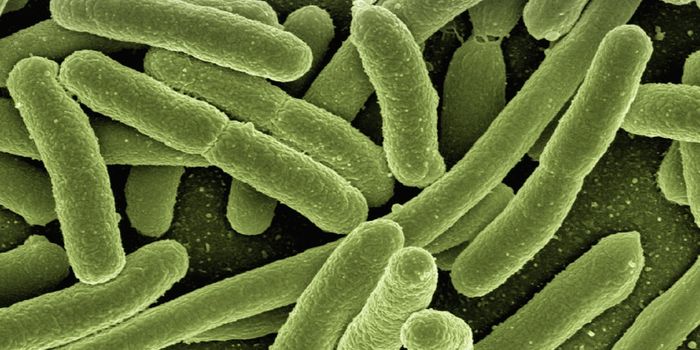New Type of Antibiotic Targets the Bacterial Ribosome
As pathogenic bacteria continue to evolve and find ways to evade common medications, researchers have been racing to develop new antibiotics to avoid a crisis. Reporting in Nature, scientists have now developed a new antibiotic that works by attaching to a structure in bacteria called a ribosome that generate proteins. The drug, iboxamycin, is in a new class of antibacterial medications called synthetic oxepanoprolinamides. When the new antibiotic was tested in an animal model, it stopped drug-resistant infections and prevented illness. This study has also revealed how the drug works.
"It was exciting to see this agent bound in the structure of a drug-resistant ribosome, and it was quite surprising that the drug binds in the same exact way as to the regular ribosome but causes significant structural re-arrangements that has never been observed before or could be predicted from the existing data," said co-corresponding study author Yury Polikanov, an associate professor at the University of Illinois Chicago.
Previous work by Polikanov and colleagues showed that when a chemical modification was made in ribosomes, they stopped binding to some antibiotics, and became drug-resistant. The researchers were able to visualize a change in the methylation of ribosomes.
In this study, the researchers used that visualization tool to analyze bacterial ribosomes that were bound to iboxamycin. The frozen crystals were analyzed with an X-ray, and the data was used to create an electron-density map that illustrated that interaction between the ribosome and drug.
"The whole process of atomic structure determination using X-rays is like a 3D puzzle," Polikanov said. "We identified the open place in the ribosome puzzle, and we just needed to find the drug piece that fit. Once we did that, we could see where and how the drug was bound to the ribosome."
The scientists were surprised by what they found. "We noticed that the most common resistance mechanism via methylation of the ribosome does not work against this new drug because it still binds to the methylated ribosome and evades this type of resistance. We've also noticed that iboxamycin actually caused the methylated nucleotide at the heart of the ribosome and right at the drug binding site to move out of the drug's way so that both the drug and the methylated nucleotide in the drug-resistant ribosome can co-exist, this was totally unexpected and unprecedented," noted Polikanov.
"This shows us Mother Nature is much smarter than we are," he added. "There is certainly a place for rational drug design, but we can't forget the importance of simple trial and error. Neither iboxamycin's spectrum of activity, nor its potency in resistant strains, could have been predicted from prior knowledge."
Sources: University of Illinois at Chicago, Nature










